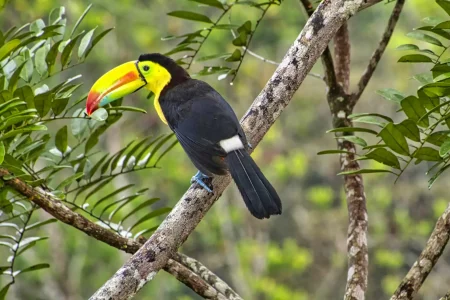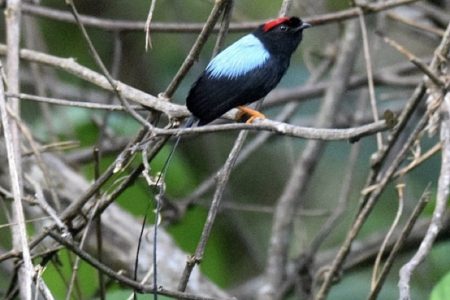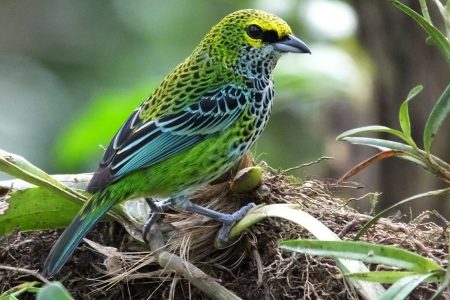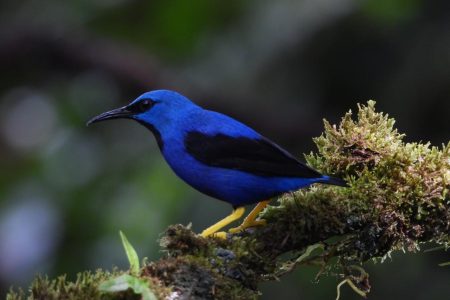Winged Wonders: A Birdwatcher’s Paradise in Costa Rica

Costa Rica’s rich biodiversity and stunning landscapes make it a paradise for bird watchers and nature enthusiasts alike. With over 850 bird species, including nearly 30 endangered species within its rainforests, cloud forests, and mountainous regions, Costa Rica offers an unparalleled bird-watching experience. This impressive diversity is packed into a country the size of West Virginia, presenting a unique opportunity to see a vast array of bird life in relatively close proximity.
The country is a haven for some of the most beautiful and rare bird species in the world, such as macaws, toucans, hummingbirds, trogons, motmots, and owls, among others. These birds add vibrant splashes of color and melodious sounds to the Costa Rican wilderness, making every birding excursion an unforgettable adventure.

The southern region of Costa Rica is a treasure trove of biodiversity, making it an exceptional area for birdwatching enthusiasts. Here, the lush landscapes and protected areas offer prime habitats for a plethora of bird species, from vibrant toucans to elusive quetzals. Below are some of the top birding destinations in the south of Costa Rica, each offering a unique glimpse into the avian world of this rich ecological haven.
Each of these destinations in the south of Costa Rica offers a unique opportunity to observe and appreciate the country’s remarkable birdlife. Whether you’re traversing the dense forests of Corcovado, exploring the botanical riches of Wilson Garden, or venturing into the high-altitude environments of the Talamanca Highlands, the southern region is a birdwatcher’s dream come true.
To truly immerse yourself in Costa Rica’s birding paradise, consider staying in a location that provides easy access to these diverse habitats. PAVONES MANAGERS offers vacation rentals in prime locations, enabling you to explore the country’s best birding destinations efficiently.

However, for those interested in experiencing the lush vibrancy of the rainforests and the increased activity of resident birds, the early months of the green season, particularly May and June, can also offer a rewarding experience. The onset of rains brings about a burst of new life, with many species displaying vibrant breeding plumage and engaging in mating rituals. Birding during these months can provide a different perspective on Costa Rica’s avian diversity, with the added bonus of fewer tourists and more intimate encounters with nature.

Costa Rica is home to over 900 bird species, making it one of the most sought-after destinations for birdwatching enthusiasts worldwide. This impressive count is due to the country’s varied ecosystems, which range from lowland rainforests and high-altitude cloud forests to mangrove swamps and coastal areas. Each of these habitats supports a unique set of species, contributing to the overall biodiversity of the nation. From the elusive Resplendent Quetzal in the cloud forests to the Scarlet Macaw in the coastal regions, Costa Rica offers an unparalleled opportunity to observe a wide array of bird life in relatively close proximity.

Whether you’re a seasoned birder or a curious nature lover, Costa Rica’s bird-watching opportunities are bound to captivate and delight. Prepare your binoculars and embark on a journey through one of the most biologically diverse countries in the world, where every birding adventure promises new discoveries.
